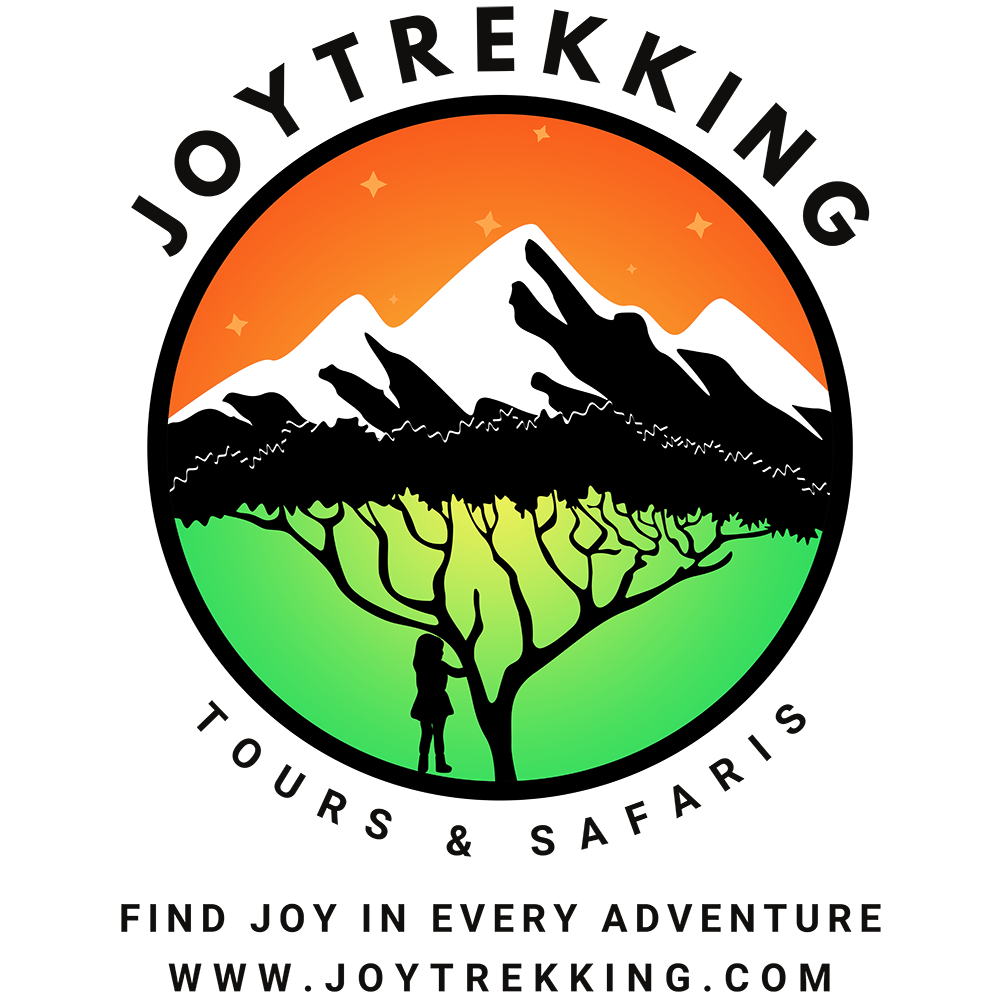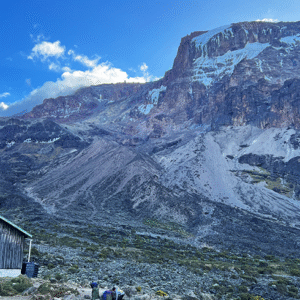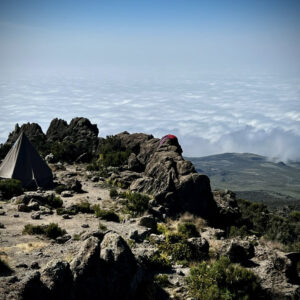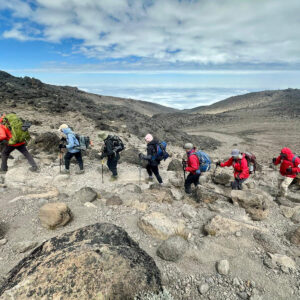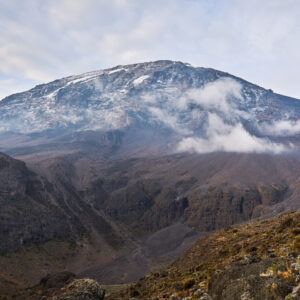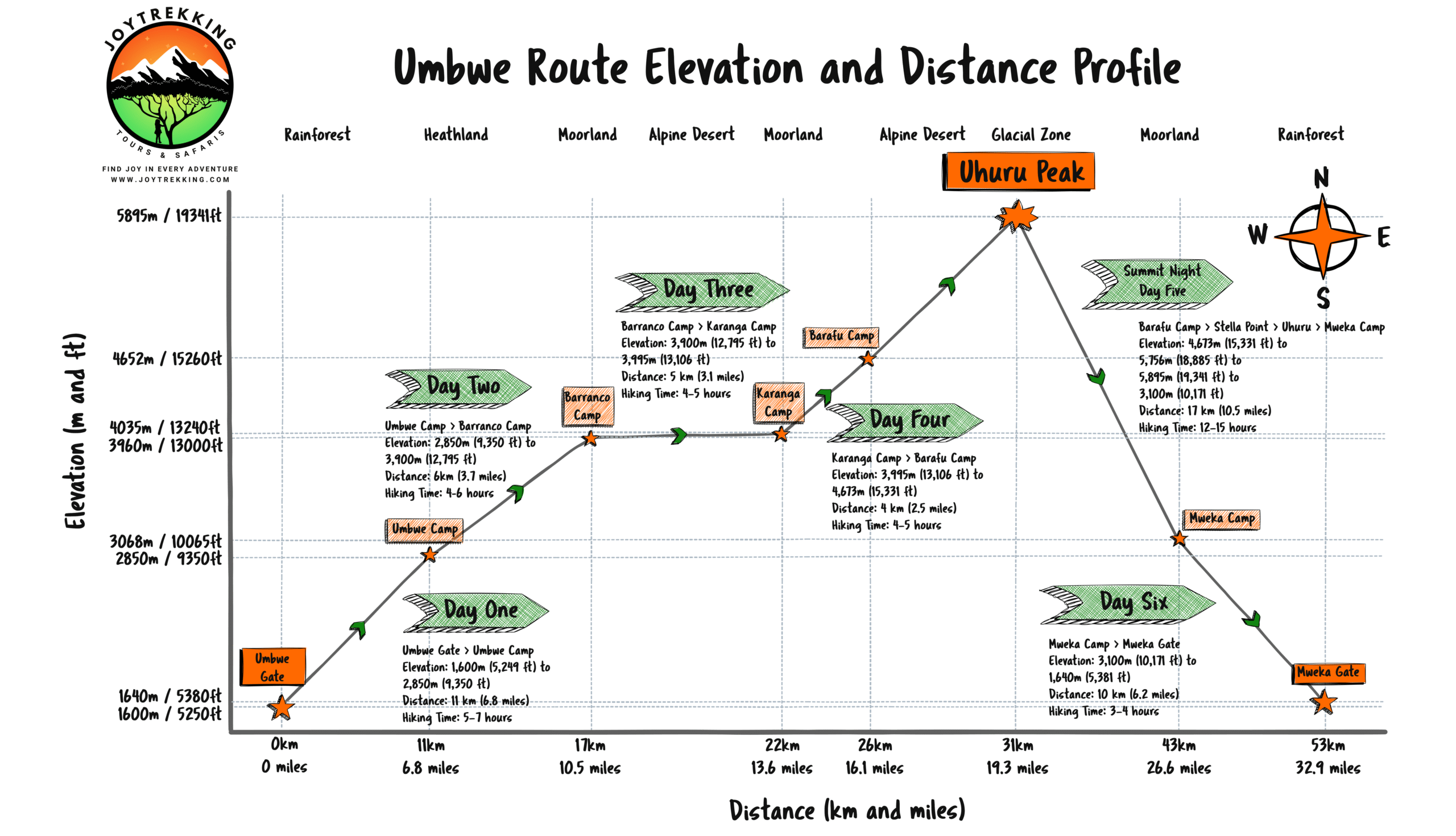The Umbwe Route is Kilimanjaro’s most direct and challenging trail, reserved for experienced and confident climbers. This 6-day trek begins with a steep ascent through dense rainforests before joining the southern circuit at Barranco Camp. While demanding, the route rewards trekkers with unparalleled solitude and stunning views of Kilimanjaro’s glaciers and rugged peaks. If you’re an adventurous climber seeking a quieter, more intense journey, the Umbwe Route offers an unforgettable challenge.
Highlights
-
Steepest and Most Direct Ascent
-
Rapid Altitude Gain, Fewer Crowds
-
Dramatic Views Through Umbwe Valley
-
Remote Trail for Experienced Trekkers
-
Connects to Machame Near Barranco
